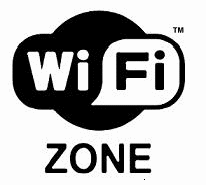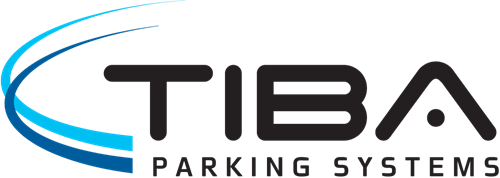WiFi network getting close to reality in Silicon Valley

The plan to create a wireless Internet network covering all of Silicon Valley just took an important step on the path from dream to reality.
Joint Venture Silicon Valley Network, the coalition of business, non-profit and government leaders driving the project, unveiled a request for proposals Friday -- a step that will lead to concrete implementation plans from private sector bidders. Developed jointly with the San Mateo County Telecommunications Authority, the network project would cover 36 cities and other entities from San Mateo to Gilroy. It could become the largest Internet hot spot in the country.
It's now time for officials in those cities to start paying serious attention to the project and get educated about its potential benefits and downsides. When Joint Venture and SAMCAT pick a service provider by summer's end, local officials should be ready to decide whether the network serves the needs of their residents and deserves to be approved.
The basic idea is to have a private sector company build and operate a network that could support multiple Internet service providers. Basic broadband service would be free to all users and probably supported by ads, while higher-speed services would be available for a fee.
The unveiling of the RFP doubled as public forum on the ambitious project. It brought together technology, public safety, economic development and library professionals from various cities, as well representatives from community colleges and hospitals. They all touted the potential applications that a giant wireless network could deliver -- and there are many.
Milpitas officials, for instance, showcased an existing wireless Internet system that allows police, firefighters and dispatchers to see on a screen the exact location of all emergency vehicles in the city. It has helped reduce response times to some emergencies by as much as 30 seconds. A representative from El Camino Hospital described the benefits of being able to remotely monitor patients in their homes and of providing Internet access to hospital patients.
Private sector firms touted mobile applications that have doubled the productivity of city inspectors in Cleveland, allowed health inspectors in Southern California to issue on-site licenses to restaurants and speed up building permits for tens of thousands of damaged homes in New Orleans. Other potential applications include wireless parking sensors that could allow cities to better assess parking needs and police violators.
These benefits would be on top of the economic development and productivity gains resulting from giving all area residents with basic broadband Internet access for free, as well as premium paid services.
But city officials should also strive to understand and be ready to address potential pitfalls, from concerns over privacy in ad-supported systems to the relationship between the new WiFi network and existing ones. MetroFi already offers free service in Cupertino, Santa Clara and Sunnyvale, and Google is expected to do the same in Mountain View soon.
For its part, Joint Venture should consider holding more forums to educate the public about the project. If Friday's is any indication, they likely would generate a groundswell of support for a plan that's built on the kind of vision and technology savvy that have made Silicon Valley the envy of the world.
It's now time for officials in those cities to start paying serious attention to the project and get educated about its potential benefits and downsides. When Joint Venture and SAMCAT pick a service provider by summer's end, local officials should be ready to decide whether the network serves the needs of their residents and deserves to be approved.
The basic idea is to have a private sector company build and operate a network that could support multiple Internet service providers. Basic broadband service would be free to all users and probably supported by ads, while higher-speed services would be available for a fee.
The unveiling of the RFP doubled as public forum on the ambitious project. It brought together technology, public safety, economic development and library professionals from various cities, as well representatives from community colleges and hospitals. They all touted the potential applications that a giant wireless network could deliver -- and there are many.
Milpitas officials, for instance, showcased an existing wireless Internet system that allows police, firefighters and dispatchers to see on a screen the exact location of all emergency vehicles in the city. It has helped reduce response times to some emergencies by as much as 30 seconds. A representative from El Camino Hospital described the benefits of being able to remotely monitor patients in their homes and of providing Internet access to hospital patients.
Private sector firms touted mobile applications that have doubled the productivity of city inspectors in Cleveland, allowed health inspectors in Southern California to issue on-site licenses to restaurants and speed up building permits for tens of thousands of damaged homes in New Orleans. Other potential applications include wireless parking sensors that could allow cities to better assess parking needs and police violators.
These benefits would be on top of the economic development and productivity gains resulting from giving all area residents with basic broadband Internet access for free, as well as premium paid services.
But city officials should also strive to understand and be ready to address potential pitfalls, from concerns over privacy in ad-supported systems to the relationship between the new WiFi network and existing ones. MetroFi already offers free service in Cupertino, Santa Clara and Sunnyvale, and Google is expected to do the same in Mountain View soon.
For its part, Joint Venture should consider holding more forums to educate the public about the project. If Friday's is any indication, they likely would generate a groundswell of support for a plan that's built on the kind of vision and technology savvy that have made Silicon Valley the envy of the world.




Comments
There are no comments yet for this item
Join the discussion